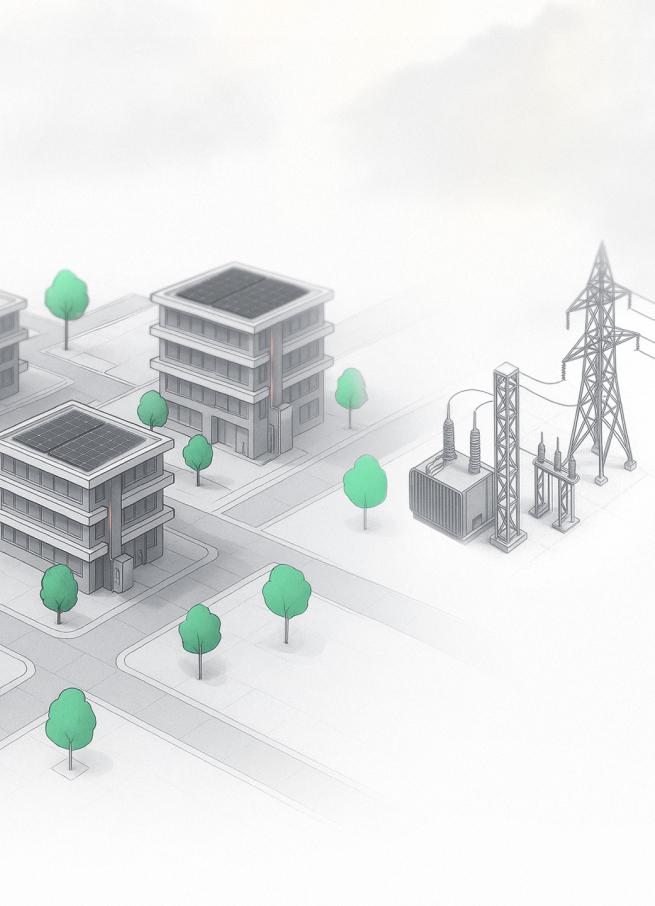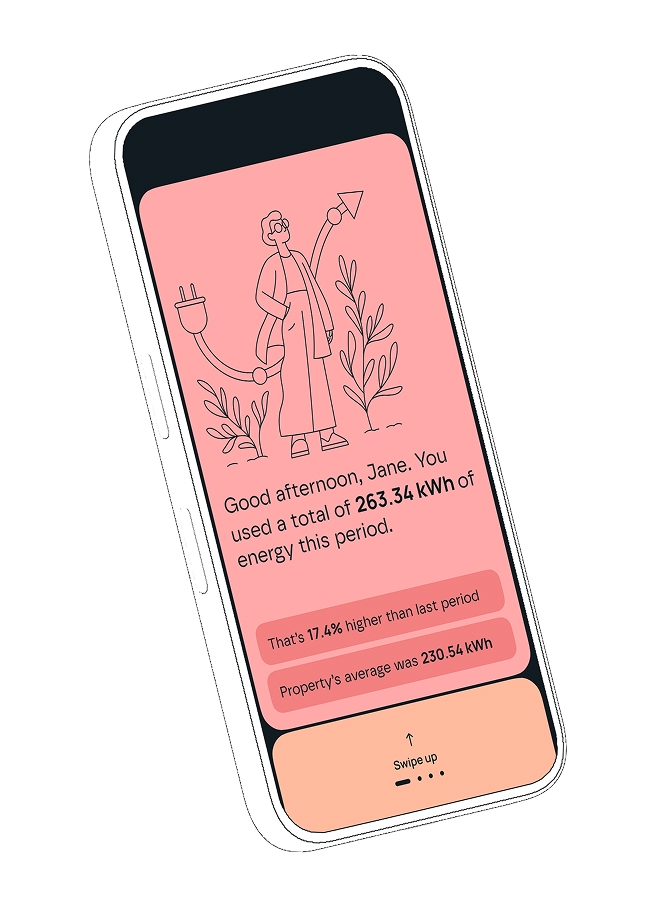How to Optimize Your Solar Power

With electricity rates constantly on the rise, going solar is an excellent solution to lowering your utility bill. However, to truly reap the benefits of solar energy, it’s important to know how to optimize your energy usage.
The key to maximizing your savings is simple: shift as much of your electricity usage to times when solar energy is available — especially when using large appliances.
In this article, we’ll explore why using Available Solar and maximizing Used Solar is essential to getting the most savings and how you can take advantage of it.
Sources of Power
The solar system your home is connected to uses three primary sources to power your lights, heating, air conditioning, and other appliances:
Used Solar: This is the portion of electricity that was consumed directly from the solar energy being generated onsite. The more you align your energy usage with the time solar energy is available, the more of your usage becomes Used Solar, resulting in the greatest savings.
Solar Credit: When solar energy is generated but not used right away, it’s sent back to the grid. The utility company provides solar credits for this surplus energy, which helps reduce your bill if you use grid electricity later when solar isn’t available. These credits are helpful—but not as valuable as using the solar energy directly.
Grid Power: This is electricity drawn from the utility company when Available Solar and solar credits don’t cover your usage. It’s the most expensive type of energy and usually comes from non-renewable sources.
Time of Usage
When you use electricity is just as important as how much you use.
The best time to use power is when Available Solar is at its peak — typically between 10 AM and 3 PM. Using energy during this time means it can be consumed directly as Used Solar, reducing your reliance on costly grid power.
The worst time is during peak hours, usually:
- Weekdays: 5 AM – 8 AM and 5 PM – 8 PM
- Weekends & Holidays: Nearly all day
These are the times when electricity demand is highest and utility rates are often the most expensive. Shifting your energy use out of these windows—and into solar hours—can result in significant savings.
How You Use Electricity
How and when you use appliances also plays a major role. Here are easy ways to be smart with solar:
Program Appliances: Use timers or smart settings to run energy-intensive devices during solar hours.
Choose Off-Peak Times: Use vacuums, dishwashers, and laundry machines during mid-day when solar energy is available.
Strategic Charging: Plug in electronics and battery-powered devices during solar hours to convert Available Solar into Used Solar.
Energy-Efficient Lighting: Use LEDs to reduce your nighttime reliance on grid power.
Power-Off Unused Devices: Turn off appliances when not in use to prevent waste.
Temperature Control: Use shades or blinds to regulate indoor temperatures efficiently and reduce HVAC load.
How Ivy Helps Residents Maximize Their Solar Savings
Ivy uses utility-grade monitoring to collect individual meter data and shows how much energy came from three sources: Used Solar, Solar Credits, and Grid Power. This monthly breakdown helps tenants clearly understand their usage and where they can shift behaviors.
Let’s look at two examples:
Tenant B
- 463 kWh Total Use
- $114 Monthly Bill
- $8 of Solar Savings
- Usage Mix:
- 20% Used Solar
- 55% Solar Credits
- 25% Grid Energy
Although they benefited from some solar credits, they still used a lot of grid power—especially during times when solar was available but unused.
Tenant A
- 463 kWh Total Use
- $101 Monthly Bill
- $15 of Solar Savings
- Usage Mix:
- 82% Used Solar
- 15% Solar Credits
- 3% Grid Energy
Both tenants used the same amount of electricity, but Tenant A aligned their high-usage activities with Available Solar, turning it into Used Solar. Their savings came not from using less electricity, but from using it at the right time.
Ivy’s monthly solar bill includes this usage breakdown along with helpful tips. Tenants can easily see how they’re performing and where they can improve to save even more.
Solar Bill Key Factors: What Affects Your Energy Costs
Understanding the factors that go into your energy bill can help you take greater control. Here's what matters most:
Time-of-Use (TOU) Rates
With TOU pricing, the cost of electricity depends on when you use it. Using power during peak demand results in higher charges. Using it during solar hours—when production is high and demand is low—helps lower your bill.
Peak Hours
These are high-demand time blocks where grid electricity is most expensive. Avoiding heavy usage during these hours helps reduce your overall bill.
Solar Hours
This refers to the period when solar energy is most abundant—usually between 10 AM and 3 PM. The more you shift activities like laundry or cooking into this window, the more you convert Available Solar into Used Solar.
Used Solar
Electricity that is used at the moment solar is being produced. This is the most valuable form of energy—clean, affordable, and immediate.
Solar Credits
These reduce your bill when you use grid energy at other times. While helpful, they provide less value than direct usage during solar hours.
Grid Power
The most expensive energy source on your bill. Reducing your dependency on it is the key to unlocking maximum solar savings.
Tariff Rates
Extra charges for energy delivery, infrastructure, and taxes. These vary by location and utility provider, and they add to your total energy cost even when your usage stays constant.
Conclusion: Use the Sun, Save More
Going solar is a smart step, but the real savings come when you sync your energy habits with the sun. By shifting your power usage into solar hours, avoiding peak grid times, and turning more of your Available Solar into Used Solar, you can dramatically lower your electricity bill.
With tools like Ivy’s monthly energy insights, making those shifts becomes easy. Even small changes — like doing laundry at noon instead of 7 PM — can turn missed opportunities into real savings.
Use the energy while the sun is giving it, and you’ll not only save more — you’ll support a cleaner, more resilient future!
Submit
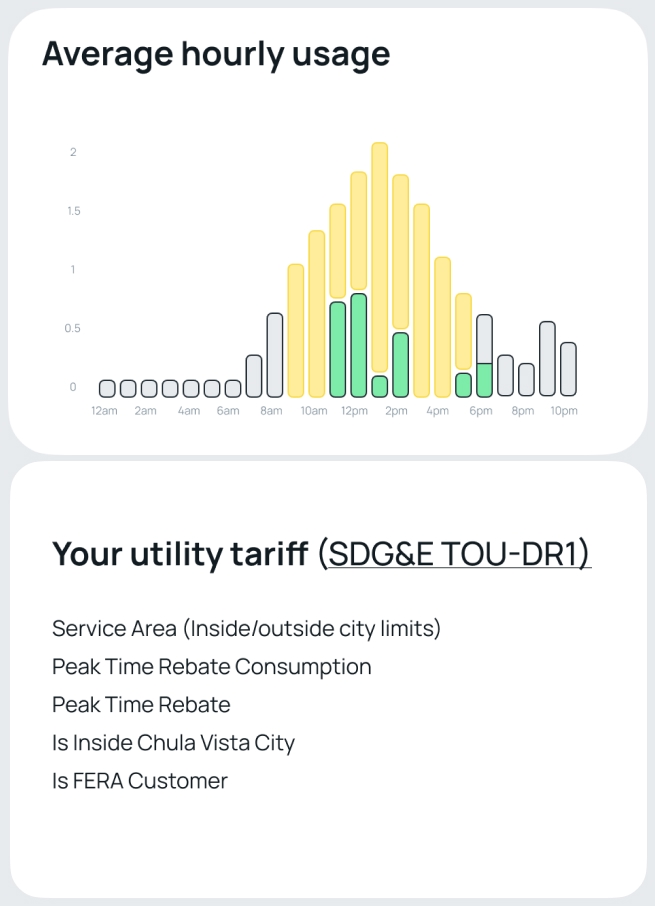

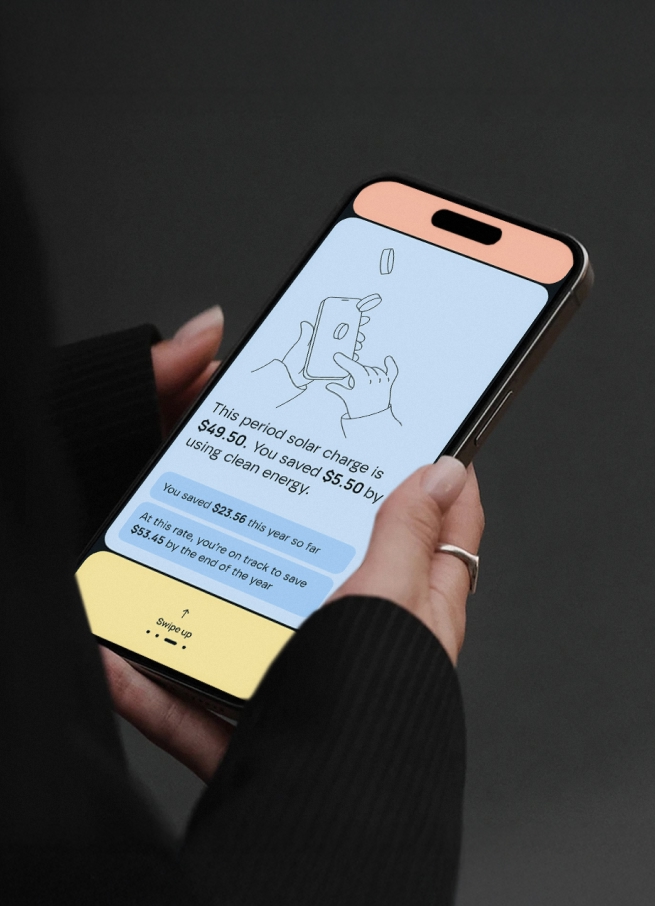
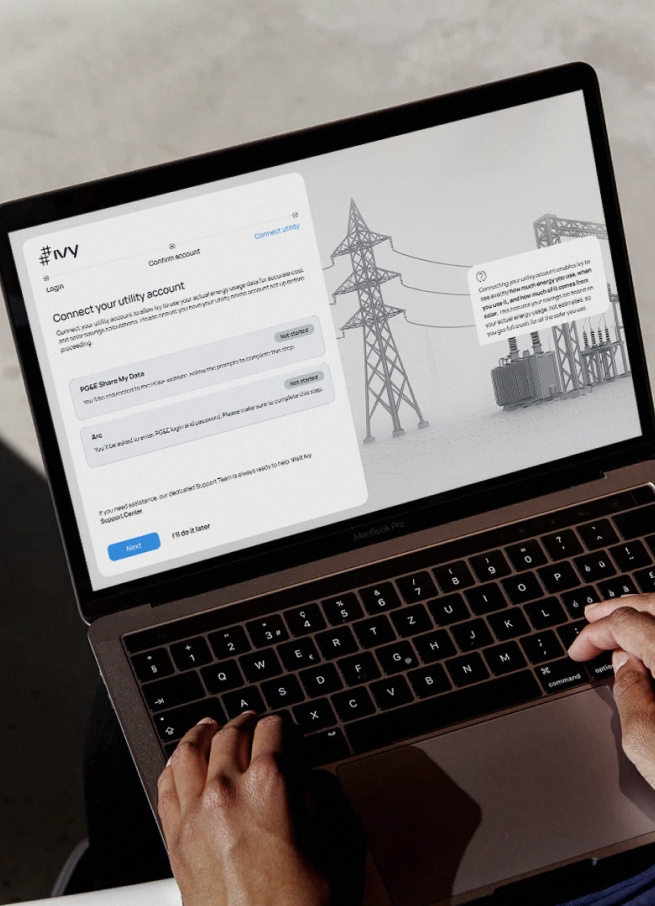



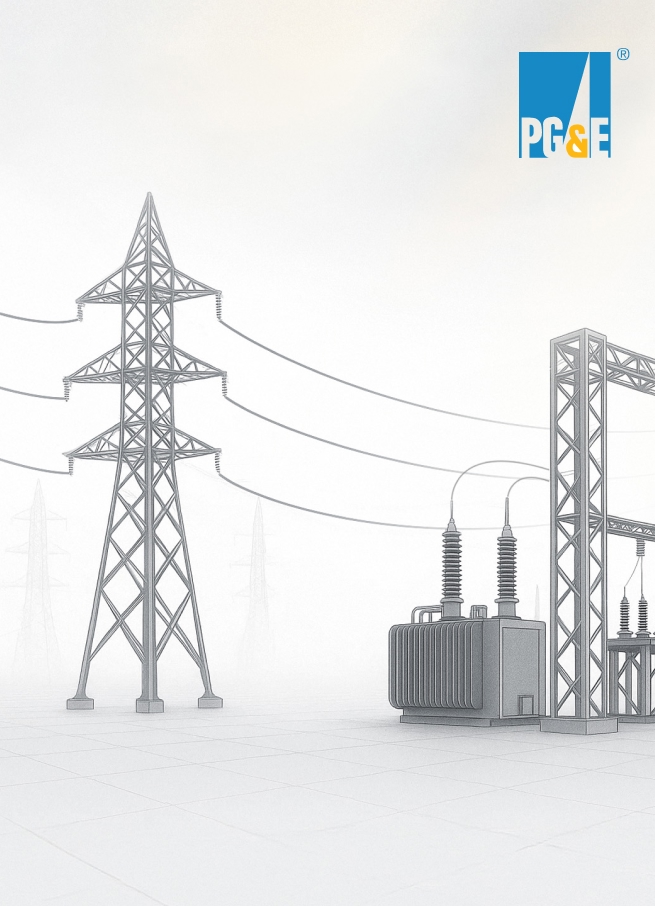
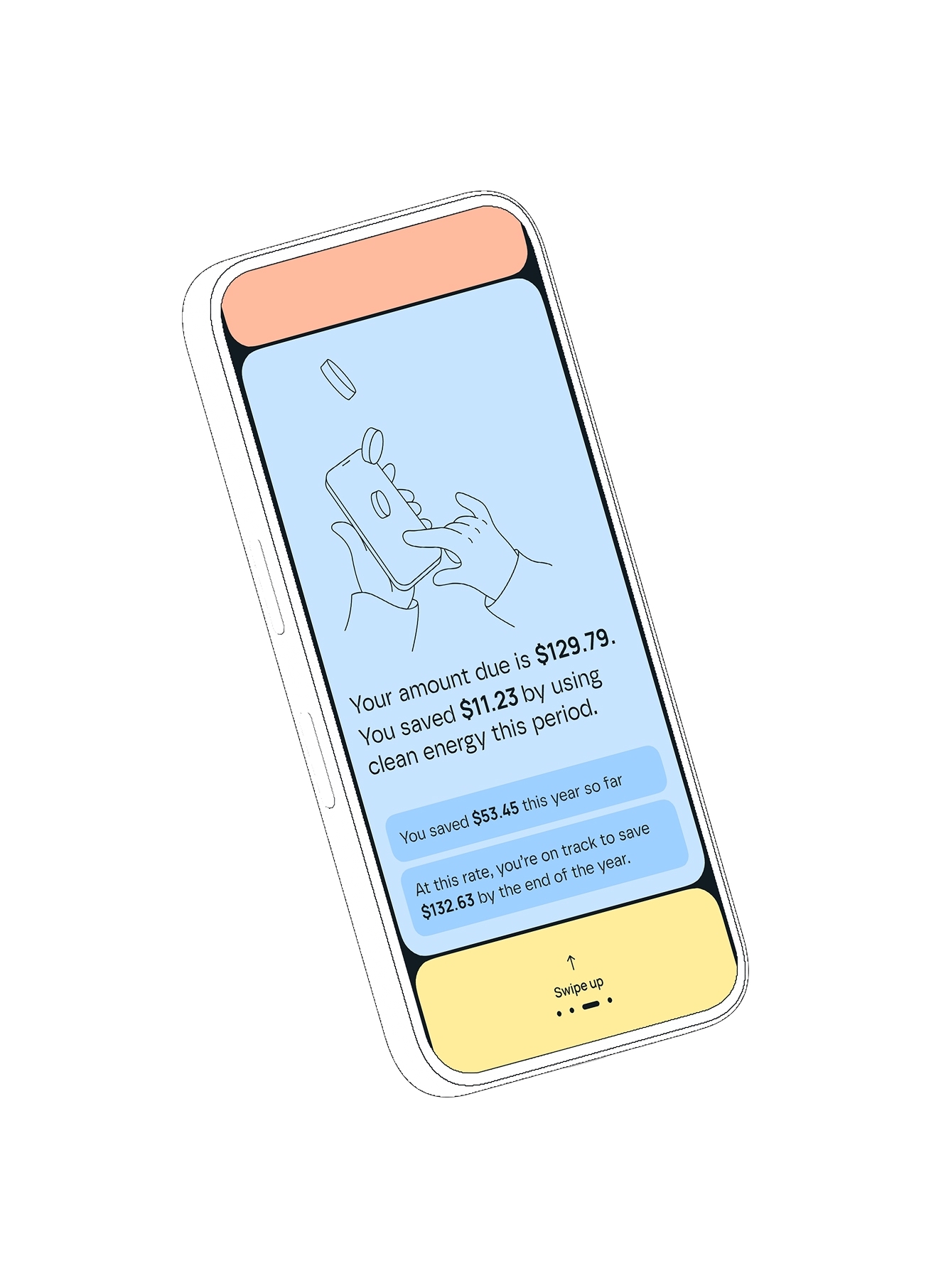
.jpg)
